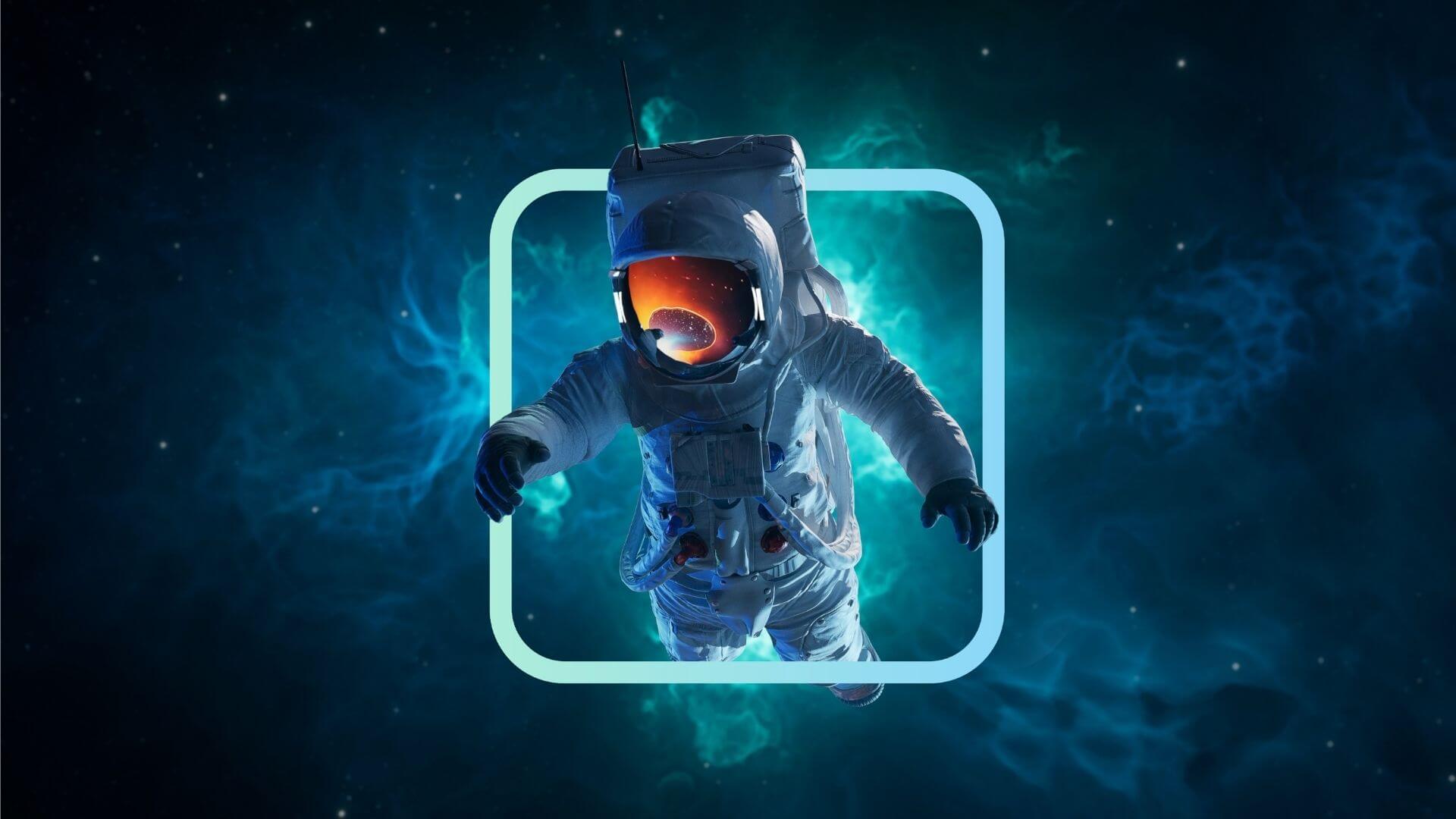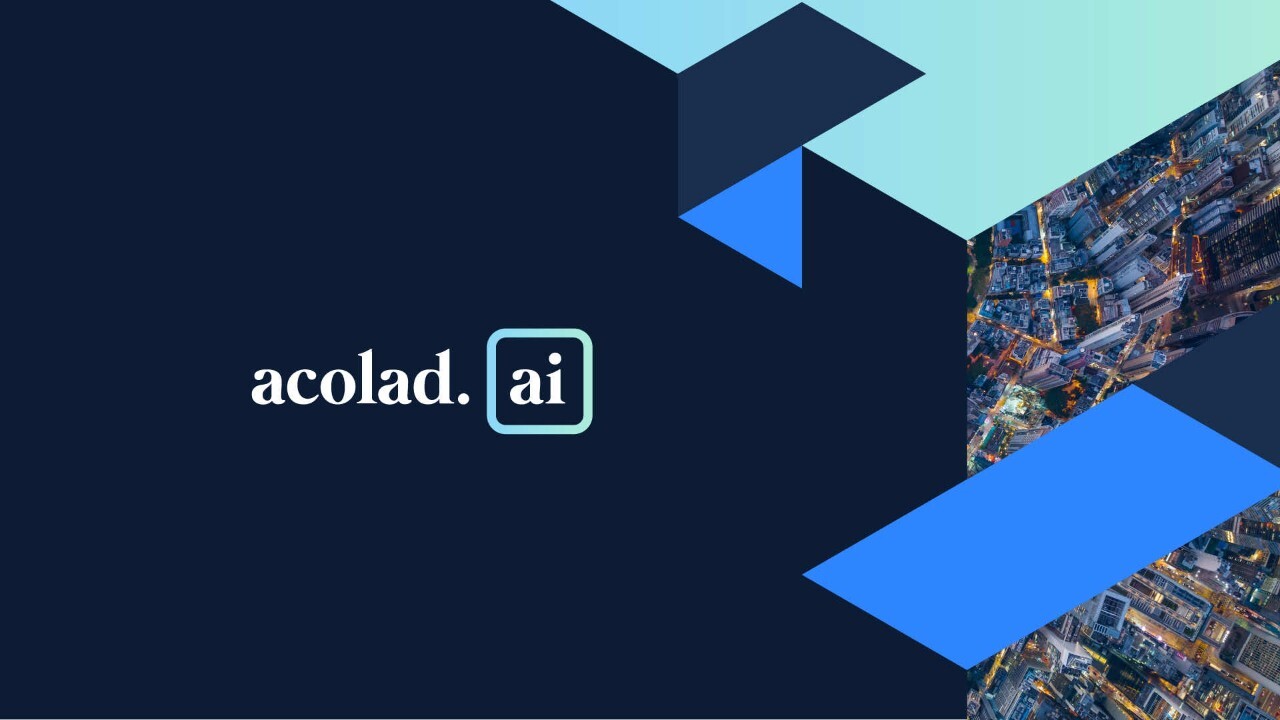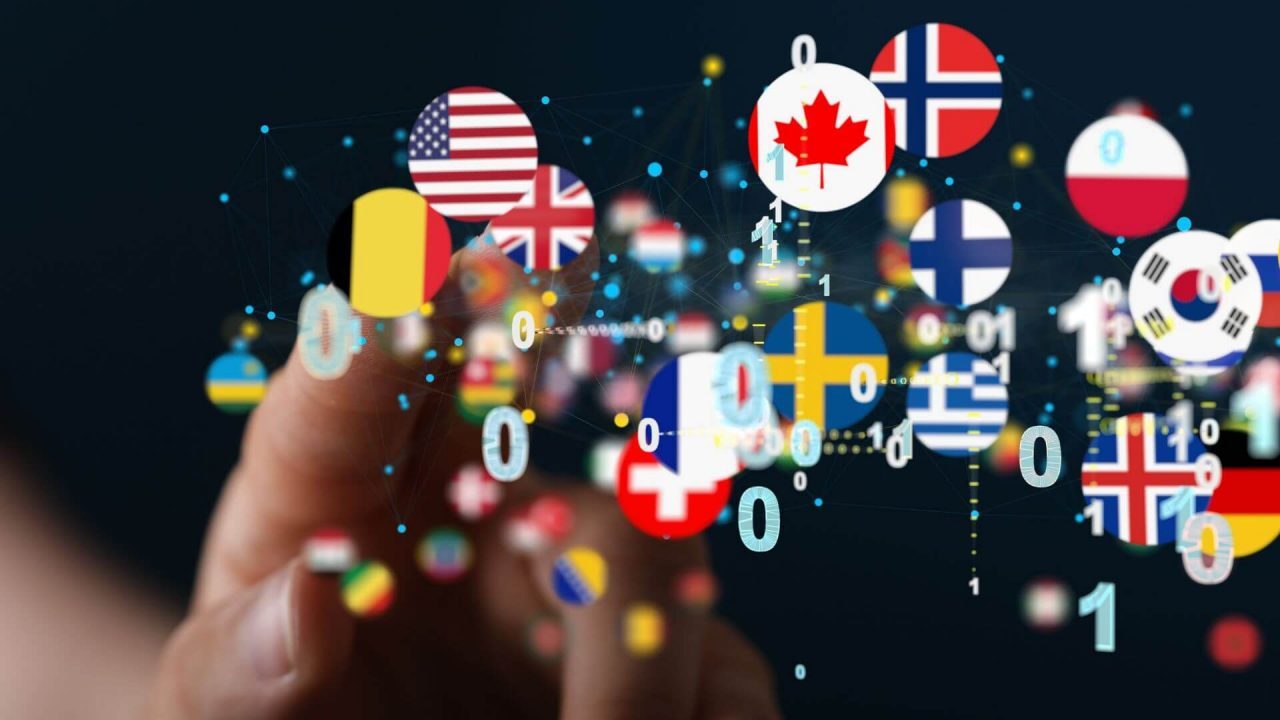Understanding the Capabilities and Limitations of AI Translation
The Speed and Scale Advantage
AI translation tools can translate millions of words in minutes, making them a powerful asset for global brands managing vast amounts of multilingual content. This speed allows teams to localize support materials, internal communications, or technical documentation almost instantaneously across multiple markets.
For example, at Acolad we’ve demonstrated that using AI voice-over can deliver up to 50% cost savings , largely by avoiding costly voice-over buyouts. AI Interpreting can also deliver similar cost savings, with a faster, more streamlined setup.
Delivering faster content at scale is the purpose of Acolad’s Lia suite, which is designed to streamline multilingual content creation, helping to automate with the power of AI where appropriate, and make post-editing, either automated or human, more efficient.
Over the past year, we helped a major global brand cut costs by up to 45% by implementing AI content creation and SEO optimization. By pairing this AI efficiency with native language human expertise, together we delivered content twice as fast, in higher volumes, while keeping quality high.
For global content strategies, harnessing AI in this way can dramatically reduce time-to-market for new campaigns or product launches, especially in fast-paced industries. The ability to respond quickly to market changes, product updates, or customer needs in multiple languages simultaneously creates a major competitive edge.
Quality Gaps and Contextual Errors
AI tools often struggle with cultural nuance, idiomatic language, and domain-specific terminology. This is especially risky for sectors like legal, medical, and highly regulated industries.
To mitigate these risks, expert human linguists can review and post-edit AI-generated content. These professionals can correct subtle errors, ensure cultural appropriateness, and refine tone and terminology to match brand and regulatory expectations. Their oversight turns raw AI output into polished, publish-ready content that resonates in every market.
The Benefits of Early Adoption
For many enterprises, the push to adopt AI is being driven from the top by C-level executives seeking operational efficiencies and cost savings. Early adopters stand to gain a strategic advantage with:
- faster localization cycles.
- improved cost control.
- better data for optimizing global content strategies.
More importantly, those who move early are better positioned to shape how AI works within their organizations. By investing now in workflows, training data, and trusted partnerships, brands can future-proof their content operations and build scalable systems tailored to their specific needs, not just off-the-shelf fixes. Starting early means learning early, and being ready when competitors are still catching up.











